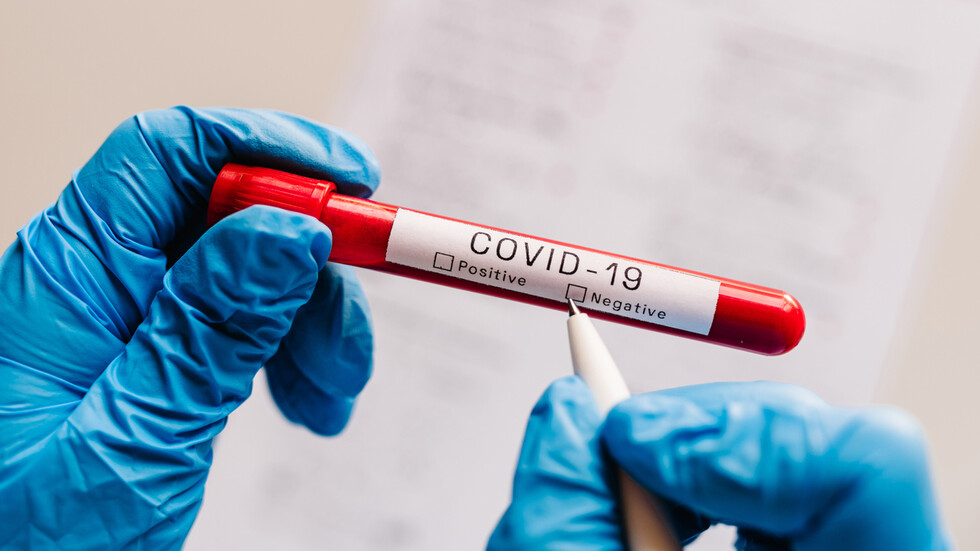In the United States, Kansas State Health Officials (KDHE) and Sedgwick County Health Officials (SCHD) are investigating cases of shigellosis associated with Tanganyika Wildlife Park in Goddard.
Initially, 3 cases were identified as being linked to the park. These cases tested positive for the bacteria Shigella. Further testing is underway to determine if each person’s bacteria are related.
On June 20, KDHE and SCHD began an investigation of people who had visited Tanganyika Park and reportedly had fever, diarrhea or vomiting. More than 200 people responded to the survey.
The Tanganyika water park is served by a water pipe from the city of Goddard. So far, records show the city is providing compliant drinking water, according to its routine checks.
Reminders on the shigellose :
Shigellosis is a diarrheal disease that is most prevalent in the tropics. It is endemic throughout the year in developing countries, with epidemic outbreaks in certain seasons or during humanitarian disasters.
It is caused by bacteria belonging to the genus Shigella. The most common species in developing countries, and responsible for the most serious symptoms, are Shigella flexneri, causing the endemic form of the disease and Shigella dysenteriae serotype 1 (or Shiga bacillus), responsible for the most important epidemics. Another species, Shigella sonnei, is prevalent in emerging and industrialized countries.
Shigellosis is par excellence a disease of inadequate hygiene. Shigella are transmitted by the faecal-oral route. Humans are the only reservoir and can eliminate these bacteria in their stool for weeks after a dysenteric episode. Most often, transmission is direct, from the patient to those around him. Water and food soiled with droppings containing shigella can also transmit the disease, as well as flies.
- The acute dysenteric form typical of adults begins suddenly, after a brief incubation. It is characterized by abdominal pain, often accompanied by vomiting, tightness and the permanent emission of innumerable stools (up to 100 per 24 hours), mucus-bloody and purulent, even sometimes hemorrhagic. The fever is high, with deterioration of the general condition. The patient usually heals spontaneously within a few days and more quickly after administration of antibiotics.
- Complications can however punctuate the course of the disease, especially in infants and young children; they cause the serious forms which can lead to the death of the patient and are of several types: acute complications dominated by hypoglycemia; bacteremia or septicemia starting from the intestine which may be complicated by septic shock; dehydration due to fever and abundance of fluid and electrolyte losses from diarrhea, leading to collapse and acute renal failure; hemolytic uraemic syndrome, acute renal failure of complex cause, most often fatal in the absence of rapid possibilities of resuscitation.
Unlike other diarrheal diseases, shigellosis cannot be treated with rehydration alone. Antibiotics generally allow a rapid recovery without sequelae.
Source : Outbreak News Today.
–


